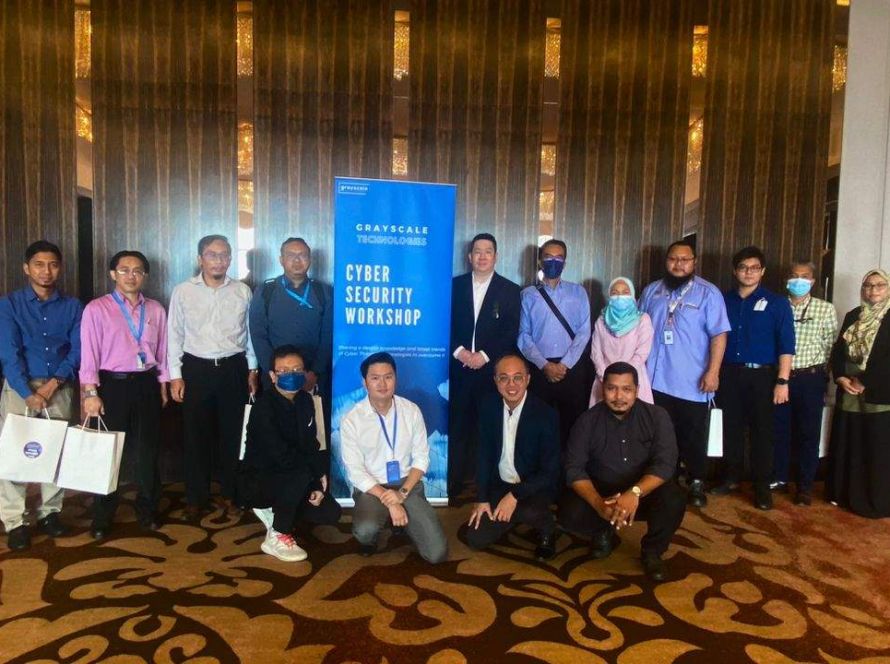In 2022, the cybersecurity world witnessed a major incident concerning LastPass, one of the widely used password managers.
The data breach that unfolded that year was a stark reminder to users and organisations alike regarding the potential vulnerabilities in even the most trusted security tools. As the details of this breach were revealed, it became increasingly apparent that mistakes were made at various stages, contributing to its occurrence and impact.
Read on so you can delve into the causes and progression of this security incident, uncovering lessons that can be learned from this unfortunate event.
What Happened to LastPass in 2022?
An attacker gained unauthorised access to LastPass’s development environment and forged an encryption key to access customer vaults.
The incident occurred in August 20221, when threat actors managed to access portions of LastPass’s source code, business customer information, end-user email addresses, and billing addresses. In addition, attackers exfiltrated a backup of customer vaults and critical database backups containing sensitive data.
Initially, downplaying the breach’s severity did little to assuage customers’ concerns as they learned about the extent of their compromised data over time.
Causes of the Breach
Unauthorised Access to Customer Vault
The LastPass data breach2, a significant cybersecurity incident involving unauthorised access to customer vaults, highlights the importance of understanding potential vulnerabilities in password management systems.
The attacker successfully compromised developer credentials and stole sensitive information from both personal and corporate accounts, including email addresses, billing addresses, and form-filled data.
Analysing this event can provide valuable insights into bolstering security measures against similar threats in the future and emphasising the need for multi-factor authentication and more robust master password requirements.
Stolen Customers’ Passwords
In this significant incident, the theft of customer password vaults highlights the importance of robust security measures. It serves as a valuable lesson for other organisations in safeguarding sensitive user information.
Exploiting a vulnerable third-party software package allowed attackers to infiltrate LastPass’s development environment, gaining access to customer vault data, source code, encryption keys, and critical backups.
This exposed users with weak master passwords to an increased risk of unauthorised access to their accounts.
Security Vulnerabilities in LastPass’s Software
One such vulnerability was the inadequate encryption protocols employed by LastPass, which left sensitive user data susceptible to advanced decryption techniques.
This weakness could have been exploited by threat actors who gained unauthorised access to encrypted data and then used sophisticated algorithms to break the encryption and gain access to user passwords and other confidential information.
Another critical aspect of this incident was the potential compromise of third-party software packages or even a developer within LastPass’s development environment.
Evidence suggests that the exfiltration of critical database backups may have played a role in facilitating unauthorised access, possibly through an insider threat or compromised credentials.
Mistakes LastPass Made3
Response Delay
On average, it took LastPass approximately three weeks to identify and announce the breach publicly, an unacceptably long period for a company that is supposed to be focused on providing secure password management services.
This delay not only raised questions about the company’s ability to detect and address vulnerabilities promptly but also emphasised the importance of swift action when dealing with cybersecurity incidents.
Shifting Responsibility
Examining the repercussions of the LastPass incident further reveals how shifting responsibility can exacerbate the negative impact of a data breach. It highlights the importance of transparency and accountability in cybersecurity management.
In this case, LastPass’s initial response to the data breach was to downplay its severity and shift blame onto users for not practising proper password hygiene.
This approach not only damaged their reputation but also delayed necessary actions from being taken to protect customers’ sensitive information.
Lack of Focus Towards Big Picture Impact
Moving from the aspect of shifting responsibility, when a breach occurs, it is easy for organisations and their stakeholders to become overwhelmed by technical details or focus solely on immediate remediation efforts.
However, concentrating only on these aspects can lead companies to neglect broader strategic implications that should be considered.
The LastPass case highlights this point effectively. While much emphasis was placed on users’ master passwords being predictable and guessable, leading to compromised vaults, a more comprehensive view would have included addressing other underlying issues, such as patch management.
Impact of the Breach
Exposure of Sensitive Data and Information
The LastPass password manager data breach leaked various types of personal information, including email addresses, billing addresses, form-filled data, secure notes, and end-user names.
Furthermore, business-related information was also compromised during this breach, as company names and customer vault access were among the critical pieces of information exposed to threat actors.
Disruption to Business Operations and Customer Relationships
The breach created widespread panic among users who trusted LastPass with their passwords and sensitive data. This led to increased public scrutiny, negative media coverage, and loss of trust from both existing and potential customers.
Additionally, business partners began questioning the reliability of LastPass’ security infrastructure, leading some to reconsider their association with the company.
Consequently, LastPass faced significant challenges in retaining its user base and mitigating reputational damage.
Financial Complications for LastPass
LastPass faced a class-action lawsuit4 filed by an anonymous user named John Doe.
The lawsuit alleges that LastPass was negligent, breached its contract, and committed deceptive acts by failing to prevent a data breach. The company announced that a hacker had obtained a copy of every user’s password vaults.
While initially downplayed by LastPass, claiming that the hacker only accessed encrypted password vaults for users, it was later acknowledged that the hacker can still access individual password vaults with just a master password.
This has raised concerns among the plaintiff behind the lawsuit as they are concerned that a hacker may be able to guess the master passwords of the respective vaults due to GPU advancements.
What Can We Learn From the LastPass Data Breach?5
Firstly, security policies must be in place for all users, especially privileged ones, to mitigate risks. Personal devices lack the same security protocols and patches as company-issued ones and may be used for non-work-related activities.
Next, not all multi-factor authentication (MFA) methods are created equal. Some MFA methods can be bypassed, and not all organisations understand the nuances of different MFA methods. Authentication via SMS, email, or authentication apps is the standard MFA method offered.
Companies must incorporate security into their products and infrastructure from the start. IT architecture often develops in response to business demand, making it challenging to incorporate security policies. Basic cybersecurity measures can prevent devastating attacks, and companies must prioritise security from the beginning.
Lastly, companies must remain vigilant in patch management for third-party software and ensure adherence to corporate security policies. Unapproved third-party software, including commonly used apps like browsers, can contain security vulnerabilities.
At Grayscale, we are committed to helping businesses protect themselves against data breaches. Our team of experts provides comprehensive cybersecurity solutions, including secure password and authentication systems, monitoring services, and employee awareness training.
Email us at enquiries@grayscale.my today to learn more.




